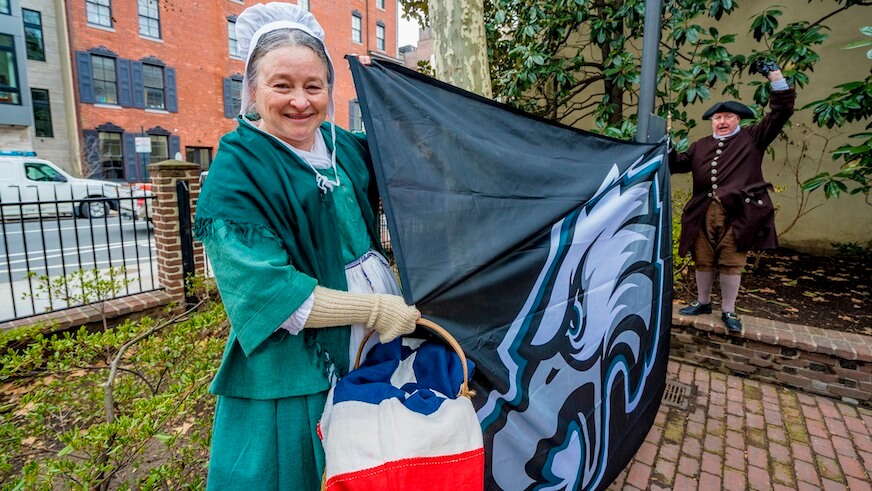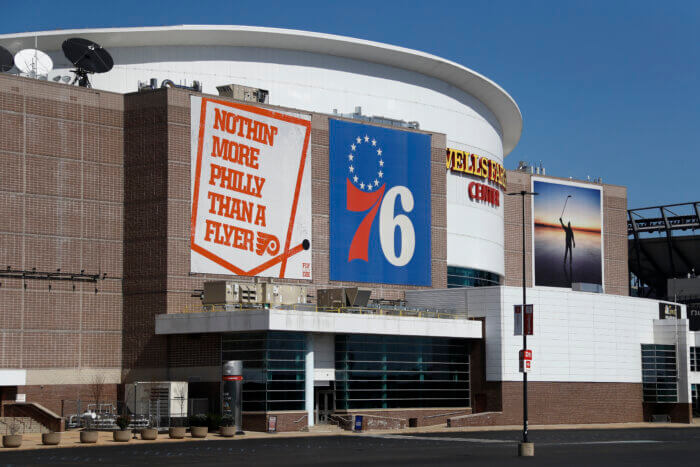At the dawn of the nation, Philadelphia and Boston were fairly similar cities.
Nerve centers of trade and of the growing movement for independence, each was an integral setting for many of the key moments of American Revolutionary history.
Two-and-a-half centuries later, the two could not be more different. But why?
The late E. Digby Baltzell, a Philly resident and University of Pennsylvania professor, traced the divergence to the religious heritage of the two cities. He contrasted Boston’s Puritan founders, with Philadelphia’s Quaker heritage.
“A normative culture that stresses the desirability of hierarchy, class, and authority will instill in its members a far stronger desire and capacity to take the lead in both community building and community reform than a normative culture that emphasizes equality and brotherly love, explicitly rejecting the need for hierarchy, class and authority,” Baltzell wrote, adding a friend’s observation. “The people in Boston all want to be chiefs, while in Philly they are all content to be Indians.”
When America was in its infancy, Philly was the nation’s capital. Boston was a hotbed of revolutionary thought and calls for an armed uprising, but Philadelphia was where the nation’s government was actually born.
Today, Philly has a 6 percent unemployment rate; Boston’s is around 3.4 percent. Median income in Boston is around $75,000; in Philly, it’s estimated around $34,000, according to the 2011 Census.
Boston is a small and tidy city with relatively low crime rates, high investment in public infrastructure, is currently experiencing booming real estate and is known for high-quality public education.
Philadelphia, with 1.5 million people, is the fifth largest city in the nation and has a 25 percent poverty rate, the highest of any large city in the U.S.
Having never recovered from deindustrialization, decaying former industrial buildings litter the landscape. There are an estimated 20,000 vacant lots around the city’s 141 square miles.
By comparison, Boston may be a bit smaller and more manageable. It has about 670,000 people spread out over 90 square miles, and never had the booming industry that filled up Philly neighborhoods before outsourcing itself permanently.
Maybe Philly peaked early. If it hadn’t been scourged by yellow fever in the spring of 1793 (the fever killed 10 percent of the city’ population, some 5,000 out of 50,000 people), maybe it still would be the nation’s capital.
But whichever one is your city, both Boston and Philly occupy a permanent, irreplaceable, and inimitable place in the nation’s history.
On the sports field
It ain’t the bloodthirsty rivalry of Philly v. Dallas, or Boston v. New York. But the Boston v. Philly dynamic has been very real for decades in the sports world.
From ‘74 to ‘78, the Bruins and Flyers played each other several times in the playoffs for the Stanley Cup.
In the ‘80s, the Sixers and the Celtics clashed constantly, leading to a fierce rivalry between the cities.
The last time the Patriots and Eagles met in the Super Bowl was 2005. That day, the Patriots went home the victors, earning Pats Quarterback Tom Brady his third Super Bowl ring.
In college basketball, Temple and UMass were big rivals until recent years.
And on Feb. 4, the two cities will face off yet again.



























